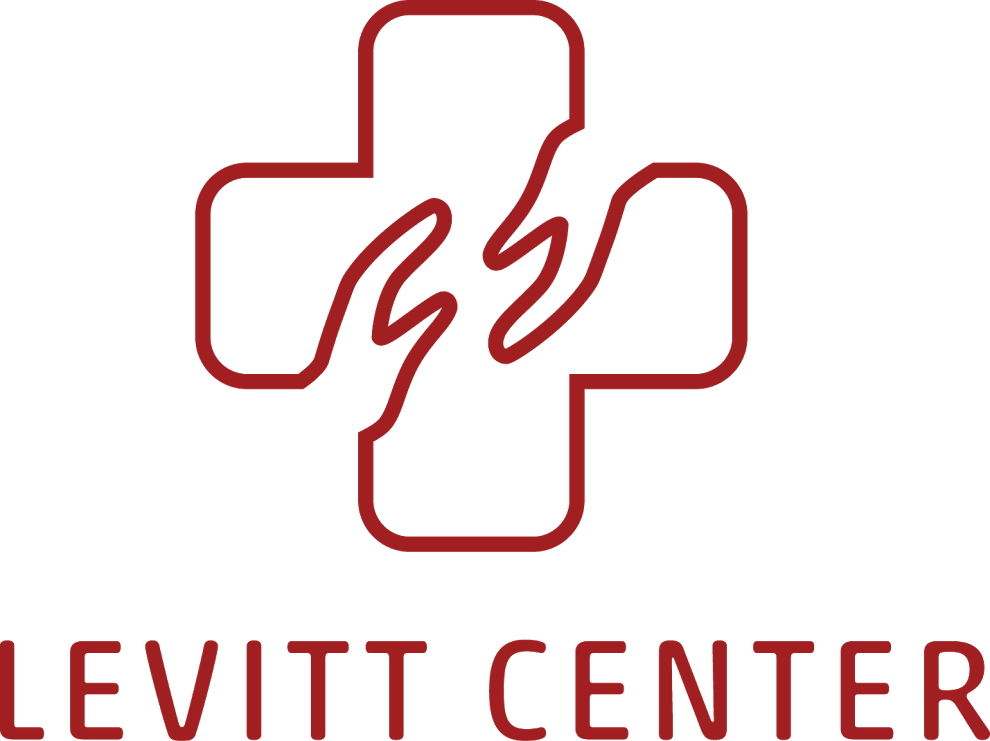Witness To Social Emergency Medicine
As we all know 20 children and 6 adults were shot and killed at Sandy Hook Elementary School on December 14th 2012. This horrific tragedy provoked a wide array of responses from leaders and citizens across the world. It prompted murmurs of a real response and dialogue about gun control and mental illness in our country by our elected leaders. Washington Post Associate Editor and presidential biographer David Maraniss called President Obama’s vigil to the victims his “Gettysburg Address”. His comparison is apt – the President’s speech was poetic, mournful, somber, and evoked the gravity and humanity of an evil day.
Many leaders in medicine have also elaborated that this shooting is a wake up call to physicians and health care providers that this unfortunate violence is not new and gun violence has an unwelcome presence in our lives on a daily basis. Two physicians wrote in the New England Journal of Medicine about the horrors of gun violence against children that they see in their hospital and argued for increased awareness and prevention as a means to address this issue.
David Newman, professor of Emergency Medicine at New York’s Mount Sinai Medical Center, called on his fellow emergency physicians to bear witness to the violence we see on a daily basis in an editorial in the New York Times. He argues that though there is a propensity in medicine, an “unwritten rule”, that we do not talk about our patients other than for medical purposes – such an idea prioritizes privacy over justice, confidentiality over the societal issues that affect our patients on a daily basis.
We need to allow our patient’s stories to advance a dialogue on control – we have to let their stories speak to the reality and gravity of the situation.
At Highland Hospital we see gun violence daily, most of which comes from handguns. There were 103 homicides in Oakland in 2011, three of which involved children under the age of 6. Particularly hard hit were Alameda County’s poor residents and the African American and Latino communities. Add to this the survivors of gun violence who forever live with the experience of this trauma.
The idea of a trauma center brings to mind life saving capabilities and heroic teams of providers. What we need to talk about is not about our resources and capabilities as a “knife and gun club,” but the actual violent acts in our community if we want to address these acts before they happen.
We need to talk about the college student who was shot twice in the abdomen and chest that died in the trauma bay after aggressive resuscitation. The two year-old child shot in the head by a stray bullet from a gang related shooting who died in the intensive care unit. The young man who was shot multiple times in the abdomen and spent over 18 months in the hospital after multiple surgeries only to go home to die with his family before he was old enough to graduate from college.
This goes beyond gun violence and we as emergency physicians bear witness not only to the violence that affects the lives of our patients every day, but also to the gross injustices, what sociologist Johan Galtung called the structural violence, that they face on a daily basis. Homelessness, poverty, inadequate access to health care, domestic violence, drug and alcohol dependence, and discrimination are but a few of the realities in our emergency room every day.
The idea that physicians have a role beyond clinical medicine in addressing societal issues affecting our patients is not new. In the 1800s Virchow wrote that physicians are the “natural attorneys of the poor” implying a role as a societal witness to issues of poverty and injustice in our communities.
The fact is that no one sees Oakland like we do. We see the chronically homeless and the VIP patients. We bear witness every day whether we like it or not. Our daily practice is social emergency medicine. It is more than gun violence, more than an isolated shooting, more than strings of mass shootings. As clinicians on the front line we need to advocate for the whole of violence in our patient’s lives. Our voices must continue to drive a dialogue forward to address the wide array of societal and institutional practices that enable this structural violence.
